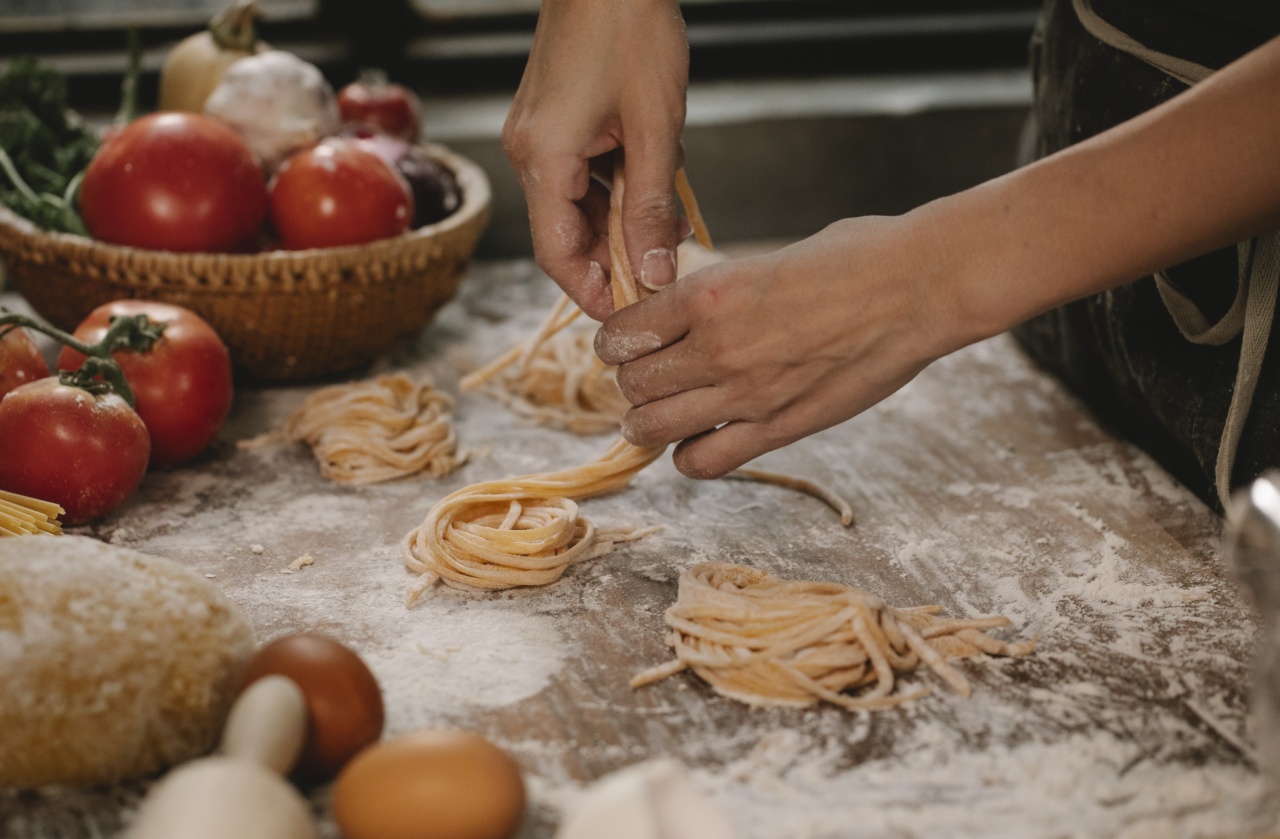Food plays a vital role in our lives, providing nourishment, pleasure, and satisfaction. However, there are times when our cherished meals can leave us feeling less than stellar.
We’ve all experienced the unpleasant consequences of consuming questionable leftovers or improperly stored food. In this article, we explore the potential hazards lurking in last night’s dinner and whether it can make you sick.
The Importance of Proper Food Handling
Before delving into the potential risks associated with leftovers, it is crucial to understand the significance of proper food handling. Safe food practices are key in preventing foodborne illnesses.
These illnesses can range from mild discomfort to severe infections and, in extreme cases, even result in death. To ensure food safety, it is essential to follow basic guidelines such as:.
- Keeping raw and cooked foods separate
- Storing food at appropriate temperatures
- Thoroughly cooking food, especially meat and eggs
- Avoiding cross-contamination
- Practicing adequate personal hygiene
The Dangers of Leftovers
Leftovers can be a convenient and enjoyable meal option, but they can harbor hidden dangers if not handled correctly. Bacteria, such as Salmonella and Escherichia coli (E. coli), can contaminate food and multiply during improper storage or reheating.
Here are some risks associated with consuming leftovers:.
1. Bacterial Growth
When food is left at room temperature for an extended period, bacteria can multiply rapidly. The “Danger Zone” for bacterial growth is between 40°F (4°C) and 140°F (60°C).
Within this temperature range, bacteria can double in as little as 20 minutes. Consuming food that has been improperly stored at room temperature increases the risk of bacterial infections.
2. Cross-Contamination
Cross-contamination occurs when harmful bacteria from raw or uncooked foods are transferred to already cooked or ready-to-eat foods. This transfer of bacteria can happen through utensils, cutting boards, or even unwashed hands.
If leftovers come into contact with contaminated surfaces, the risk of foodborne illnesses significantly increases.
3. Toxins and Spoilage
Some bacteria produce toxins that can cause illness even if the food is reheated correctly. Staphylococcus aureus is a prime example. It can produce heat-stable toxins that lead to food poisoning.
Additionally, when food is not stored properly, it can spoil due to the growth of mold or other microorganisms. Consuming spoiled food can result in gastrointestinal issues and, in severe cases, food poisoning.
4. Uncertain Shelf Life
Each type of food has a different shelf life, even when refrigerated. Consuming leftovers past their safe storage duration increases the likelihood of consuming spoiled or contaminated food.
It is essential to be aware of the recommended shelf life of different foods to minimize the risk of foodborne illnesses.
How to Properly Handle Leftovers
Fortunately, with proper handling and storage, the risks associated with leftovers can be minimized. Follow these tips to ensure your leftovers remain safe to consume:.
1. Prompt Refrigeration
Refrigerate leftovers within two hours of cooking to slow bacterial growth. Use shallow, airtight containers to facilitate rapid cooling and prevent moisture accumulation, which can promote bacterial growth.
Dividing large portions into smaller servings helps cool the food faster.
2. Reheating Thoroughly
When reheating leftovers, ensure they reach an internal temperature of at least 165°F (74°C) to kill any bacteria present.
Use a food thermometer to check the temperature in the thickest parts of the food, and stir or rotate during reheating to ensure even heating.
3. Discarding Properly
If you’re unsure about the safety of leftovers, it’s better to err on the side of caution and discard them. When in doubt, throw it out! Consuming questionable leftovers can lead to food poisoning and other preventable illnesses.
4. Smelling and visual inspection
Always trust your senses when determining the freshness of leftovers. If the food smells off, has an unusual texture, or appears moldy, it’s best to discard it. These physical cues can indicate spoilage or bacterial contamination.
The Bottom Line
Last night’s dinner can indeed make you sick if proper food handling and storage practices are not followed.
Bacterial growth, cross-contamination, toxins, spoilage, and uncertain shelf life are all potential hazards associated with consuming leftovers. By prioritizing safe food practices, such as prompt refrigeration, thorough reheating, and proper discarding of questionable items, you can significantly reduce the risk of foodborne illnesses.
Trust your senses, be aware of the recommended shelf life of different foods, and always prioritize food safety.



























